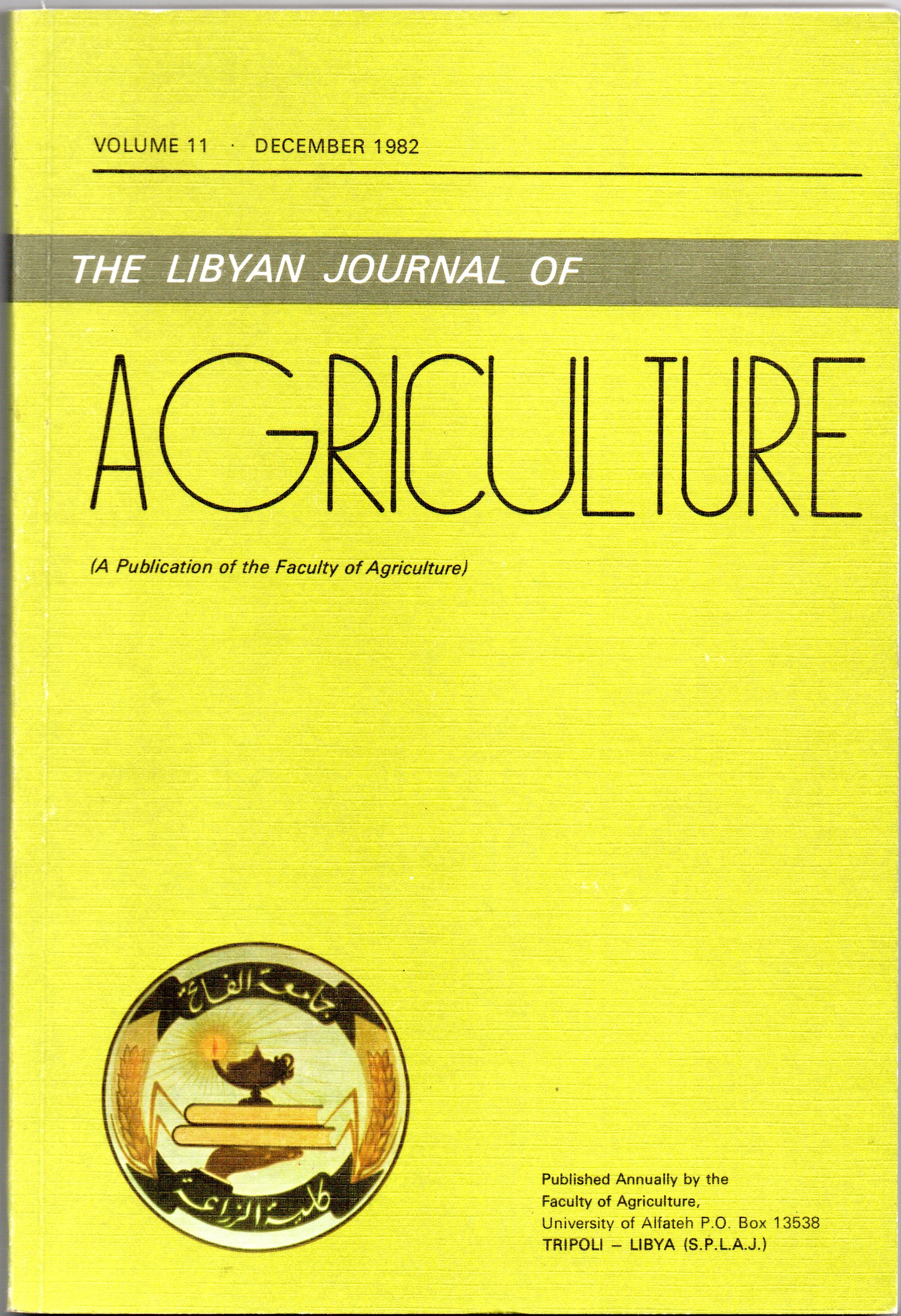Mechanization of Potato Production in the Libyan Jamahiriya I. Effect of Planting and Harvesting Methods
Main Article Content
Abstract
A field experiment was conducted at the Faculty of Agriculture Farm, University of Al-Fateh. Tripoli. Socialist People's Libyan Arab Jamahiriya, during the Spring of 1977. The effects of mechanical, semi-mechanical and manual potato production on theoretical field capacity, labor requirement, sprout emergence and yield were studied.
Mechanical potato production (planting and harvesting) increased timeliness, efficiency and economy. It had 6.6 and 14.3 times more efficiency, required 11.4% and 8.1% of man-hours/hectare, and 10% and 6.8% of man-hours/ton of tubers compared to semi-mechanical and manual methods, respectively.
Sprout emergence and tuber yield/hectare was positively affected by the planting methods and the cultivars. Mechanically planted tubers took significantly more days to sprout and produced higher yield than the manually planted tubers. The sprouts of Cv. Vittorini emerged later as compared to Mirka and Arran Banner. The yield of Cv. Arran Banner was significantly higher (15.66 tons/ha) than Mirka and Vittorini.
The studies clearly emphasized the values of mechanizing potato production in the Libyan Jamahiriya. The production costs can be reduced by efficient machine use, resultant higher yields and minimum dependence on expensive farm labor.

